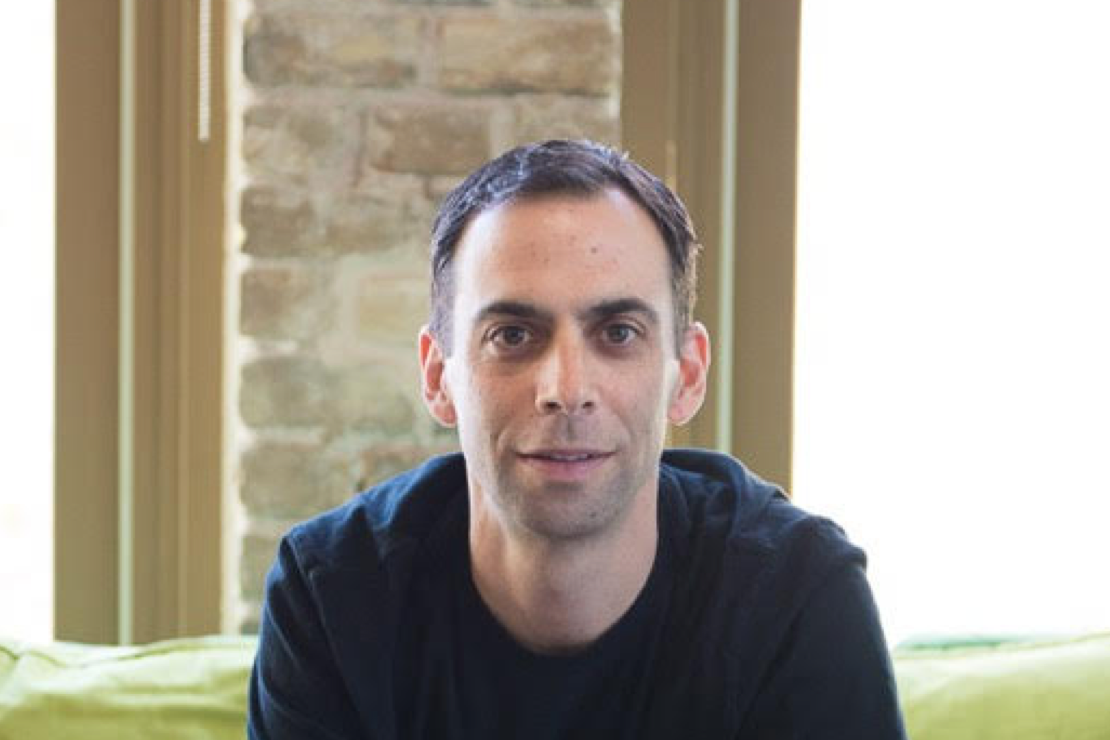Overwhelmed With Building Your Business? Stop Planning and Start Prioritizing.
Apr 20, 2021

By Amos Schwartzfarb, Managing Director of Techstars Austin, coauthor of Levers: The Framework for Building Repeatability Into Your Business, author of Sell More Faster: The Ultimate Sales Playbook for Startups
The following is adapted from Levers: The Framework for Building Repeatability Into Your Business. Posted with permission.
There may be more books and blog posts on product planning than there are grains of sand on the beaches of Hawaii. And even though I absolutely love Hawaii, I’d prefer to spend my time there surfing the waves rather than digging around in the sand. Similarly, you should spend your time executing your business rather than fiddling around with your product process or sweating about creating a perfect product roadmap.
Yes, it’s hard to find the right chemistry in your company to get product, design, and engineering efforts working in harmony. There are lots of best practices out there to help you do this (again, the grains of sand thing), but at the end of the day, none of that matters if you aren’t bringing the right thing to market in the first place.
Great companies often have great processes, but great processes do not make great companies. Great product prioritization does.
You can’t afford to waste your time building things that people don’t want or won’t use. In any business, especially before you hit profitability, time equals runway, and the more time you burn, the more runway you burn, which ends up costing you significantly.
However, if you spend just a bit more energy up front validating what your customers actually want before trying to build your next great idea, you will end up saving yourself significant time (and thus significant future money).
David Bain’s Story: The Power of Product Prioritization
This point applies across all businesses, not just tech companies. Take David Bain’s company, Bain Residential, for example.
During his first year with Keller Williams, real estate agent David Bain was named both Keller Williams’s International Rookie of the Year and the Austin Board of Realtors Rookie of the Year. I met him in the spring of 2020.
By that time, he had become a very successful agent and was knee-deep in the transition from sole proprietor to full-service firm. He and his small staff were overwhelmed with all the work to do. They were spending tons of time trying to plan out how to grow their business, and they were completely drowning in all the possibilities. They didn’t know where to turn their focus, and everywhere they turned, they had questions.
Should they invest in back-office support? How quickly should they hire new agents? When should they approach their own development opportunities? What David needed to know was where should he focus and, equally as important, what could he ignore?
Together, we started working through these questions along with all the other assumptions he had about his business and the opportunity in front of him. We used the work he had already done with identifying who his customers were, what they were buying from him, and why, along with the work he had done to identify his revenue formula, as a kind of key for prompting and guiding his thoughts. We gave him, in his words, “all the things to think about” for the business.
He worked through his potential strategies for where he should invest his time, money, and operations using the same skills an expert head of product at a software company would in building their product roadmap and afterward came away with massive clarity he had around where he should (and shouldn’t) be spending his time.
In other words, he stopped planning and started prioritizing.
David Saw the Bigger Picture
I had a lot of fun working with David, particularly because Bain Residential is not a tech business. He never would have thought of the focusing exercise we went through as an exercise in “product prioritization.” He certainly wouldn’t have known to look to the tools I and others had been using as product leaders in high-growth tech companies over the last two decades.
But that is exactly what it was. He started to see not just the service he was providing his customers but also his entire business as a product — a collection of elements that needed to be tested, proven true, and then pushed into the market.
He learned how to execute on the right things before he spent precious time and energy doing significant work on them in the first place. That’s the key to stepping out of the overwhelm and building a strong business. As David found out, it’s all about the prioritization.
For more advice on how to grow your business without feeling overwhelmed, you can find Levers on Amazon.
Levers was coauthored by Amos Schwartzfarb and Trevor Boehm, with help from Cody Simms and Troy Heinkoff. Amos has been growing businesses for twenty-five years and investing in startups for the past ten. Since 1997, he’s helped build companies that sold to Yahoo!, R.H. Donnelly, The Home Depot, plus over sixty more as Managing Director of Techstars Austin. He's also the bestselling author of Sell More Faster. Trevor Boehm was a writer before finding his way into building companies. A serial founder, he has also invested in more than forty startups, many of those through Techstars’ first Impact accelerator and as Managing Director of Alexa Next Stage, a program run with the Amazon Alexa Fund. He is currently at the venture fund Saturn Five. Learn how to apply Levers to your business at leversbook.com.
About the Author

Amos Schwartzfarb
Amos Schwartzfarb is Managing Director of the Techstars Austin Accelerator, and after over 70 seed stage investments, he has become one of the more active early stage investors in all of Texas. Amos is the is the co-author of Levers: The Framework for Building Repeatability Into Your Business, author of Sell More Faster: The Ultimate Sales Playbook for Startups.
